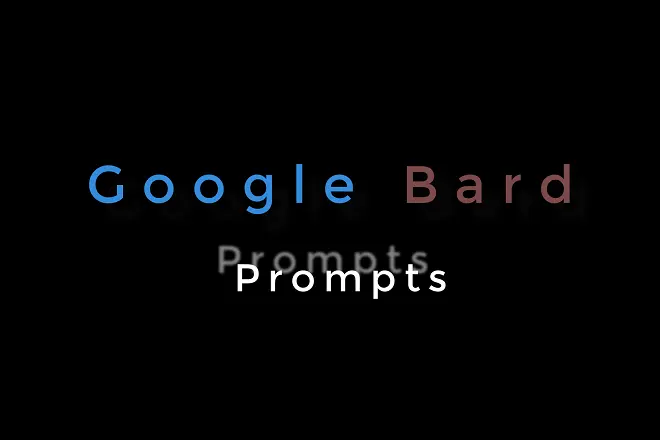
Bard is a large language model trained on a massive data set of text and code. It can generate text, translate languages, write different types of creative content, and answer questions in an informative way, similar to other artificial intelligences like ChatGPT.
Like ChatGPT, it has huge potential. Not in vain is it a Google product. However, for all its features to have optimal results, it is important to create effective prompts.
What is a prompt?
A prompt is an instruction or question that is given to Bard to generate text. This concept is essential to get the most out of Bard. The quality of the answer offered by Bard will depend on its degree of simplicity or complexity.
How to create effective prompts for Bard?
Factors such as specificity, brevity and clarity are essential for Bard to generate intelligent results that meet the expectations placed on it. Below is a summary of these three aspects.
Specify in detail the type of information you are looking for:
The more specific a prompt is, the more likely Bard is to generate a quality response. For example, instead of saying “Write a story,” say “Write a story about the man who couldn’t find love.”
Be clear and concise:
It is important to be clear about the purpose of a prompt. For example, if you want Bard to generate a verse, say “Write a verse.” If you want Bard to translate a text, say “Translate the following text into Spanish.”
Try to be brief:
Shorter prompts are easier for Bard to understand. It is also advisable to use direct language, avoiding the use of jargon or ambiguities. In general, it is best to use between 50 and 100 words for a prompt.
In addition to the above, here are some additional tips for creating effective prompts for Bard:
Use examples:
If possible, provide Bard with concrete examples of what you want it to generate. This will help him better understand your expectations.
Guide the answers:
If you have any specific preferences regarding the format, style, or content of your response, please let Bard know. Preferably, within the same conversation.
Be patient:
Bard is a language model in continuous learning. If you are not satisfied with the first answer, try again or, in any case, refine the description of the prompt.